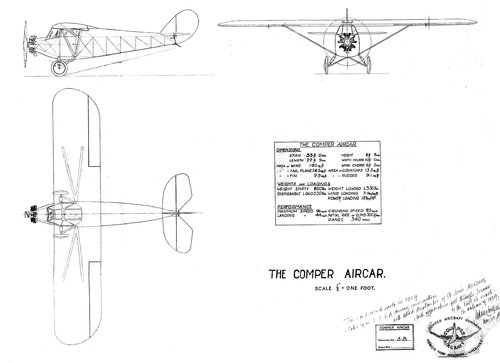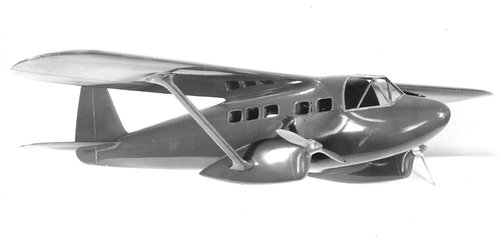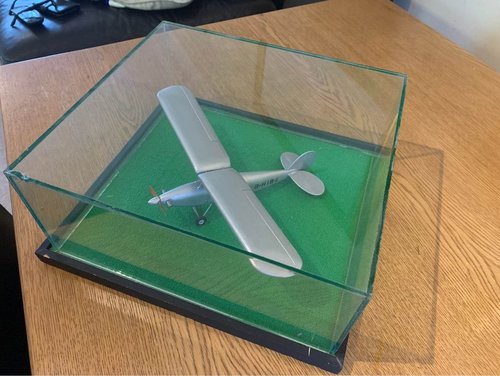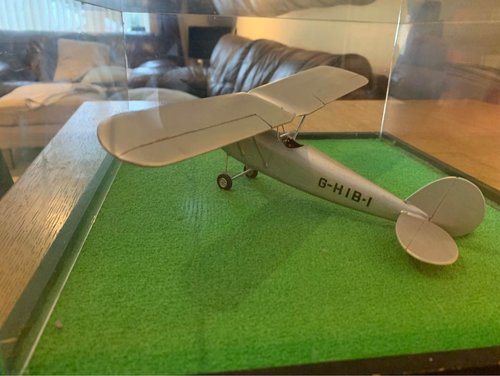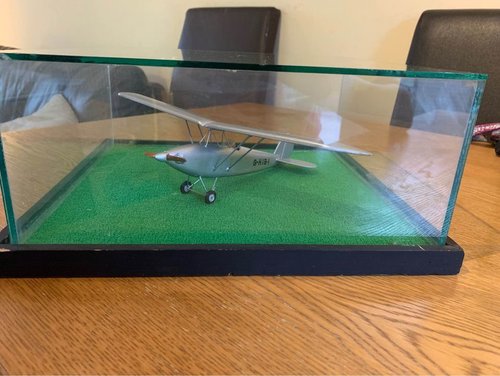avion ancien
The accidental peasant!
- Joined
- 6 March 2013
- Messages
- 371
- Reaction score
- 253
It's well known that in the period 1923-29 Flt.-Lt. Nicholas Comper designed five aeroplanes for the Cranwell Light Aeroplane Club - the CLA.1 (designed, but not built), CLA.2 (one example built), CLA.3 (one example built), CLA.4 (two examples built plus another built later in Canada) and the CLA.7 (the Comper Swift, designed for the Club but built by the Comper Aircraft Co. Ltd. after Comper left the RAF). There does not seem to be any record of there having been a CLA.5 and/or CLA.6 (even as unbuilt designs or projects) or, if these did not exist, of the reason for this hiatus in the sequence. Does anyone know why?
Last edited:

